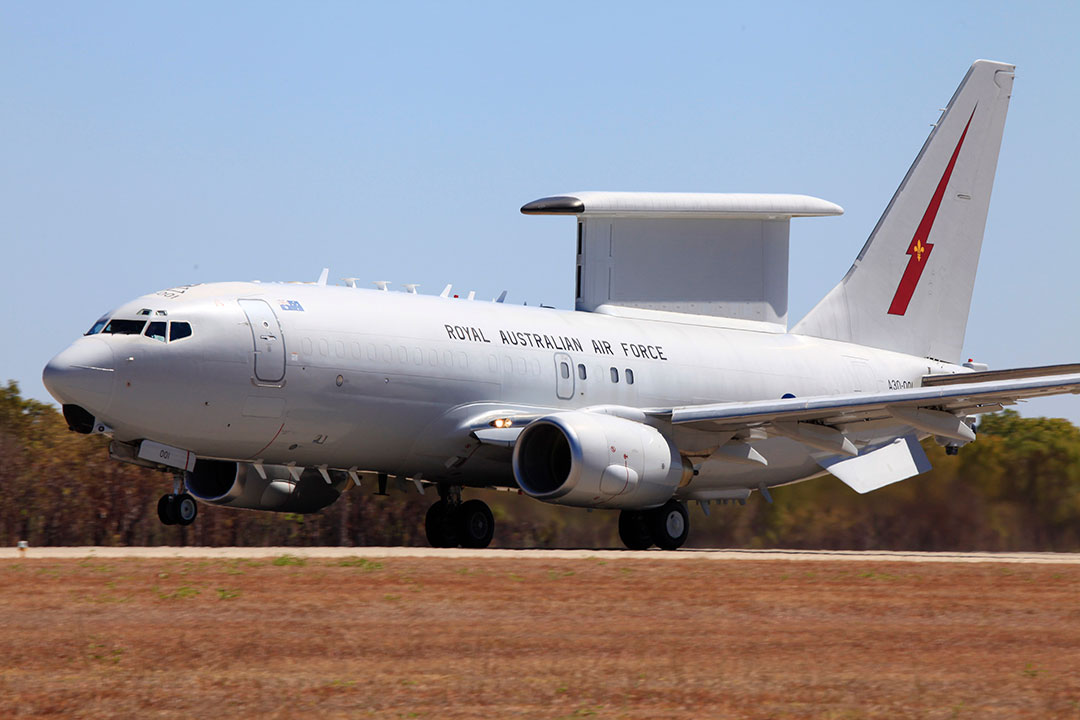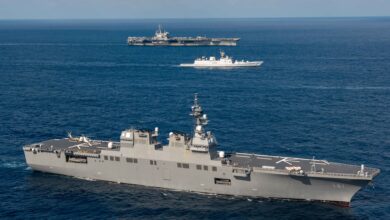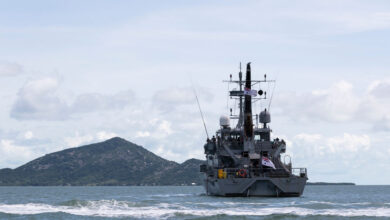Australia’s ISR upgrades enhance homeland defense

Tom Abke
The watchful eyes of the Australian Defence Force (ADF) are guarding the homeland with razor-sharp vision, thanks to upgrades to intelligence, surveillance and reconnaissance (ISR) capabilities. That includes the Wagardi computer interface and the military’s high-frequency radar network and air defense command-and-control system.
“The [Wagardi] system will improve the ability for personnel to provide complete information, in a reduced timeframe, to support operations,” Air Marshal Warren McDonald, chief of joint capabilities, said in a September 30, 2020, statement.
Wagardi empowers users to search across multiple databases, the statement added. Leidos Australia, the local branch of the U.S.-based scientific instrument maker, teamed with the Australian military to deliver the system at a cost of about U.S. $320 million. The project created 65 jobs in a development and support center, McDonald said.
The system is designed to improve the “situational awareness, mission planning and warfighting capabilities of the ADF as outlined in the 2016 Defence White Paper,” the military announced in February 2019. In addition to “new, modernized all-source intelligence systems supported by enhanced information processing capabilities,” the white paper called for upgrades to the air defense network, including the Jindalee Operational Radar Network (JORN) and the Vigilare air surveillance system.
A memorandum of understanding (MoU) signed by Australia’s Department of Defence, BAE Systems Australia and the University of Adelaide seeks to strengthen the high-frequency JORN.
“This MoU formalizes the JORN Open Innovation Network, which will promote innovation and cross-disciplinary research on the science and engineering of HF [high-frequency] systems,” Australian Defence Minister Linda Reynolds said in an October 15, 2020, statement.
The Australian military signed a U.S. $120 million contract with Boeing Defence Australia to maintain and enhance Vigilare, which is being renamed Wakulda. The air defense command-and-control system delivers tactical and strategic surveillance operations and battlespace management in nearly real-time by combining data from various platforms, including sensors, tactical data links and intelligence networks.
The Royal Australian Air Force will operate Wakulda over the next 10 years from its base in Edinburgh in South Australia. The base is home to a dozen P-8A maritime surveillance aircraft central to Australia’s ISR capabilities, which also recently added three MQ-4C Triton unmanned surveillance aircraft and six E-7A Wedgetail early warning aircraft, pictured.
Tom Abke is a FORUM contributor reporting from Singapore.




